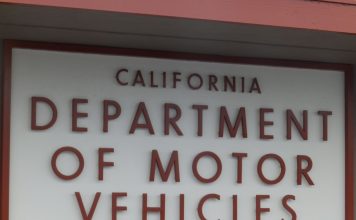A person that lives in Gilroy and works in San Jose has to invest around $9,282 and 480 hours a year just to be able to go to work. Santa Clara County could reduce cost and time of travel by optimizing the current train schedule. Imagine how much this can also help the environment; one car creates about 4.6 metric tons of carbon dioxide per year!
As a former Gilroy resident, I understand the everyday struggle of commuting. The constant worry about being late, a potential accident, traffic jams, having car issues, and the frustration caused by terrible drivers. When I lived in Gilroy, I always thought that my commute could have been better if I just took the train. However, the train schedule was limited and did not work out with my work schedule.
As students of USC’s graduate social work program, we also believe in environmental justice. Reducing car usage to decrease carbon dioxide and reduce the amount of pollution we breathe every day, even if it is starting with a small town like Gilroy, can set the example to bigger cities and together maintain a cleaner environment to be able to live long and healthier lives.
The American Automobile Association has reported that the average driver spends $9,282 to own their vehicles. On average a person spends approximately $1,440 a year to ride the train; Compared to the amount of money that an average person is spending on their own car they are saving about $7,842. For someone making just barely enough above the poverty line, this is a great opportunity to be able to spend more money on necessities such as food, shelter and clothing.
On average about 60% of Gilroy residents commute to San Jose and Santa Clara; and it can take over an hour. Currently, the city of Gilroy is working on building more low-income housing units close to the train station located in Gilroy. The train leaves from Gilroy at 6:06am, 6:28am and 7:06am. How does this help a single mother who has to take her kids to school at 8am and be at work at 9:30 am?
If families have more availability to take the train at different times of the day, they are able to spend more time with their families and ensure that their children are being fed, do their schoolwork, and have time to enjoy dinner together.
In addition, research shows that an average passenger car burns approximately 4.6 metric tons of carbon dioxide per year. This research, however, assumes that it is based on an average traveling about 11,500 miles per year.
Residents of Gilroy, might be commuting to cities like San Jose and Santa Cruz between 15,840 to 17,280 miles per year, taking into account only traveling to the nearby big cities for work. Residents of Gilroy travel an average of 33 miles round trip per day to San Jose and an average of 36 miles per day to Santa Cruz. By reducing car trips, we can help improve air quality all throughout California.
Gilroy residents can potentially save money and time, while helping the environment, with more train rides available to them. What can we do to make this happen? Let’s contact the Caltrain government affairs representative Jadie Wasilco at wa******@******ns.com.
Claudia Santana and Yuliana Lara are graduate students at University of Southern California.













